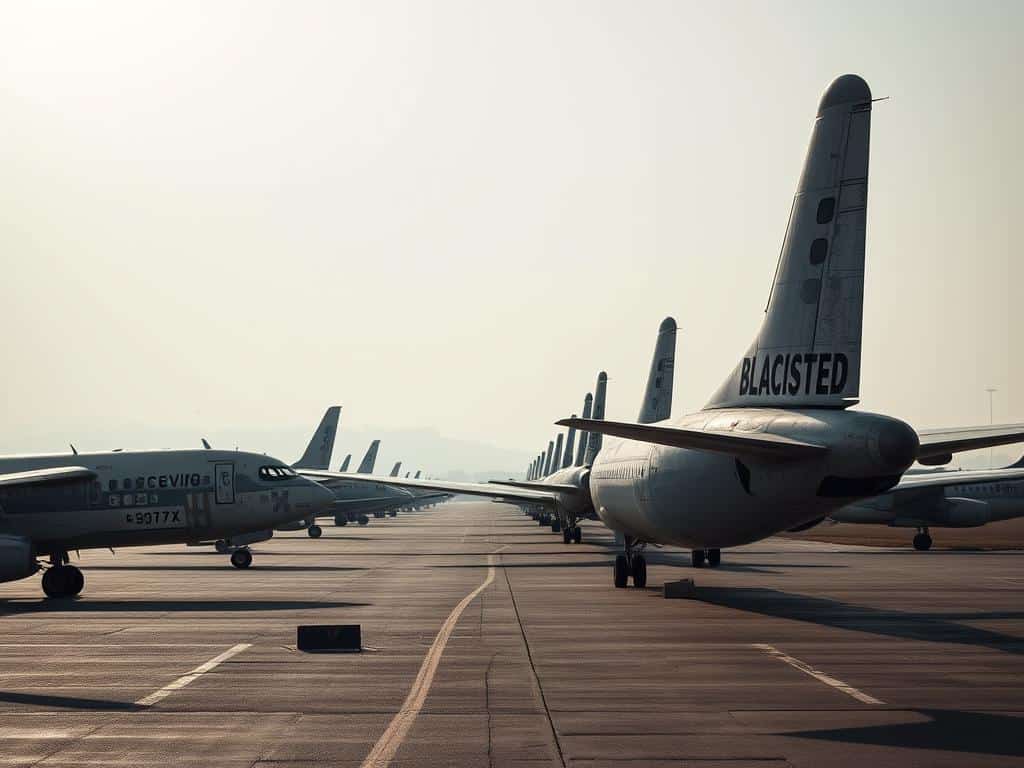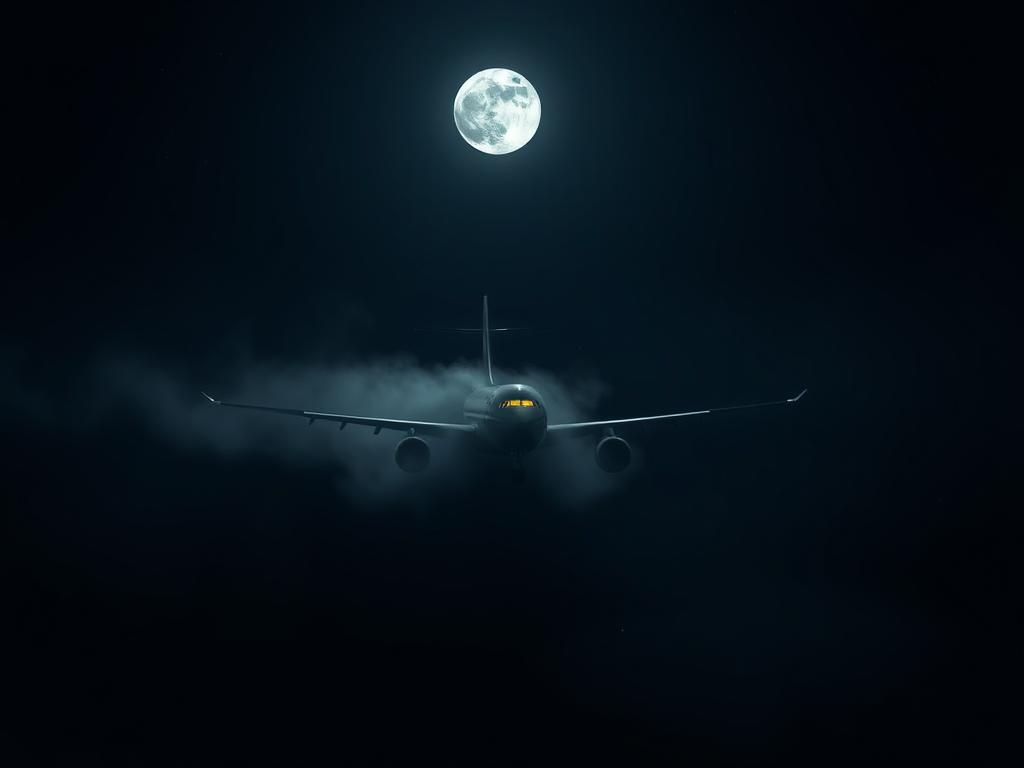Thinking about an aircraft failure while flying is unsettling. Being 30,000 feet up is thrilling, but a breakdown is a different story. It’s a fear many passengers share.
Pilots and crew are trained to handle emergencies. They put the safety of passengers first. Knowing how they respond to failures gives us confidence in their work.
These efforts show us that even in tough times, professionals are ready to act. They ensure our safety, no matter what happens.
Key Takeaways
- Aircraft breakdowns, while rare, necessitate a swift and efficient response from the crew.
- Understanding the role of aircraft maintenance is critical to passenger safety.
- Emergency protocols are established to manage in-flight failures effectively.
- Investing in airline safety protocols ensures a robust response to emergencies.
- Regular inspections are a cornerstone of preventing airplane failures.
The Mechanics Behind Aircraft Breakdowns
Understanding aircraft breakdowns is key for those in aviation engineering. Mechanical failures can happen for many reasons, like design flaws or environmental conditions. These issues highlight the need for strong engineering and design to prevent problems.
Common Causes of Aircraft Failures
Several common causes lead to aircraft failures. Design flaws can create big problems. Manufacturing defects can also affect safety. I’ve seen how repeated loading and unloading can cause structures to weaken.
Pilot errors add to the complexity. Environmental factors like extreme temperatures and turbulence can also affect aircraft systems. In some cases, sabotage is a serious threat.
In-Flight Breakdowns: A Rare Occurrence
In-flight breakdowns are rare thanks to strict aviation engineering and maintenance standards. The industry’s thorough inspections and maintenance help catch issues early. While these incidents do happen, new technology and better systems make them less likely.
Aircraft Maintenance: Ensuring Safety in Aviation
In the aviation world, regular checks on aircraft are key to safety and smooth operations. I think that detailed maintenance inspections help find problems early. This way, they don’t turn into big issues. Thanks to strict maintenance and rules, the number of accidents in commercial flights has dropped to a record low.
The Role of Regular Inspections
The Federal Aviation Administration (FAA) sets rules for aircraft maintenance in FAR Part 43. Regular upkeep is more than just following rules; it’s a way to prevent accidents. By doing regular checks, maintenance teams make sure all systems work right. This is vital for keeping passengers safe.

Importance of Airline Maintenance Protocols
Following FAA and EASA rules is critical for airlines in the U.S. or abroad. Breaking these rules can result in big fines and even grounding a fleet. Airlines must use approved parts and materials to avoid using fake ones. In my experience, regular audits and tools like Mobile Device Management systems help keep standards high. This keeps aircraft safe and running well for longer.
Emergency Procedures During Aircraft Failures
Knowing how to handle aircraft failures is key to staying safe. Modern planes have advanced safety features. These help protect everyone on board.
Backup systems are a big part of this. They help keep planes running smoothly, even in tough times.
Backup Systems and Safety Features
Aircraft have many backup systems. These keep important functions working, even when things go wrong. For example, auxiliary power units and ram air turbines can kick in to power vital systems.
These features make modern jets safer. They help planes stay reliable in emergencies.
How Pilots Manage In-Flight Emergencies
When an emergency happens in the air, pilots use their skills and the plane’s safety features. They have systems that alert them to problems quickly. This helps them act fast.
Good communication is also key. Pilots might use handheld radios if regular systems fail. The FAA talks to pilots after emergencies to learn more. This shows how important reliable backup systems are.
Training is ongoing for pilots. It helps them handle surprises better. This makes flying safer and more reliable.
Conclusion
Aircraft maintenance is vital for the millions of passengers flying every day. It ensures their safety by following strict safety protocols. Regular checks and inspections are key to avoiding mechanical failures and keeping flights safe.
New technologies like predictive analytics and real-time data are changing maintenance. They help us spot problems early, before they become big issues. This makes flying safer and more reliable.
Technologies like robotics and artificial intelligence are making maintenance better. They help us work more efficiently and accurately. But, we also face challenges like finding spare parts and keeping maintenance staff skilled.
Working together is essential to solve these problems. Airlines, regulators, and manufacturers must collaborate. This helps set and follow strict maintenance standards.
The aviation community must keep talking to improve safety and reliability. By focusing on component reliability and using condition-based monitoring, we can save money. This also makes emergency responses better.
Keeping aircraft safety high is not just about protecting passengers. It also builds trust in the aviation industry. This trust is essential for the industry’s future.



